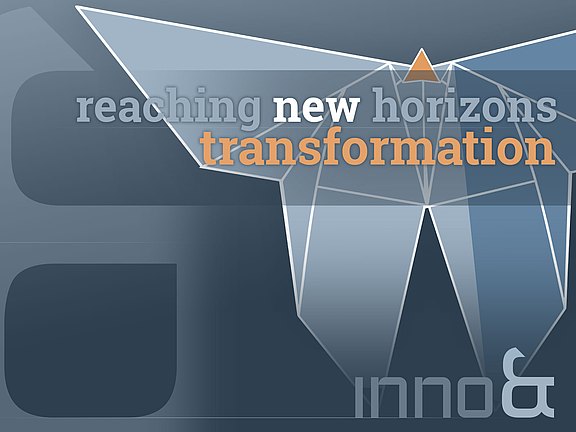Of course, this has a direct impact on the manufacturing industry. It is in the midst of an unprecedented transformation process driven by changing customer needs, increasing environmental awareness, sustainability demands and strict regulatory requirements from politics. Many companies simply feel overwhelmed by the speed of change, left alone and are sometimes in serious profit or liquidity crises. Often, the only way out is to make tough cuts - restructuring, personnel adjustments, site closures, etc. - followed by a seamless turnaround.
In this context, it is necessary to develop a competitive target picture (markets, products, business processes, structures, locations, dimensions, etc.) for the company's continued existence and a stringent, coordinated step-by-step plan at an early stage that is supported by all interest groups and representatives - owners, management, works council, trade unions and employees, if applicable. Often the entire business model has to be fundamentally questioned and recomposed. If this is done well, the alienation described at the beginning can be counteracted by a proactive and targeted change process. The transformation is jointly understood as an opportunity at the levels of customer, company, employees and suppliers, and actively shaped to ensure the future viability of the company. In this context, it is particularly important for managers not to talk things out in private, but to openly address and explain the inevitable, to address fears, concerns and needs, to make painful issues transparent and understandable, to handle uncertainties safely, to point out internal and external perspectives, to offer fair solutions in the event of separation and to actively involve the works council as well as the employees in the change process at an early stage wherever possible. In this respect, it is anything but an easy task. Keeping promises, respect, trust and appreciation are integral parts of a company's DNA and, in our view, important companions and success factors in addition to the "mechanical" fulfilment of the goals and targets of the restructuring business case (P&L and balance sheets). In this way, despite a high degree of tension, a reconciliation of interests and a social plan that is fair to all parties involved can be worked out within a manageable time frame, which forms a solid foundation for the subsequent and successful implementation.
Now that the course has been set, the top management faces the next challenge, or rather the squaring of the circle: at the same time, any subdivisions must be consistently wound down, staff must be reduced, products must be relocated safely, IT systems must be harmonised, cost reduction targets must be met and additional new growth impulses must be tackled.
For this to succeed well, the vitalisation of the new target organisation by the management is an essential building block. In particular, addressing employees in the right and appreciative way is important to retain key personnel, to create the necessary atmosphere/new spirit and to keep temporary personnel needs in line. This also includes recognising important milestones together and celebrating successes. Every staff member knows his or her place and role in the new organisation. He has understood and internalised his area of responsibility and knows the importance of his work in relation to the big picture. If you want to build a ship, don't drum up men to procure wood, assign tasks and divide up the work, but teach them to long for the vast, endless sea (Antoine de Saint-Exupéry). From an organisational development perspective, vision, leadership, team development and LEAN competence are thus areas where it is worth investing.
In order to keep the transformation on track, an integrative project and change management approach has proven itself, which not only develops the previously described target image together with the client and accompanies the negotiation phase, but also steers the implementation and moves the employees. Key performance indicators and progress measurement provide information on the status of the transformation at all times.
Key levers and aspects for successful implementation are:
- Cash management - cash is king
- Fair and appreciative separation of employees
- If necessary, selection and offer of a transfer company
- Resilient phase-out planning and closure of (production) sites
- Effective relocation management and sustainable knowledge transfer
- Increasing efficiency in direct and indirect areas (LEAN)
- Cost reduction in the purchase of direct and indirect production material
- Consolidation, harmonisation of processes and IT systems
- ...
Strategic growth impulses
- Design2Value: product and service innovations (competitive)
- Intelligent pricing (value-based)
- Sales offensive (focus sectors, KAMs, etc.)
- Service business (service on demand, subscription models, etc.)
- ...
The levers are always tailored to the respective customer situation and needs. The implementation makes the difference. Execution is KEY.
INNOand relies on the proven approach of INNOVATION - ORGANISATION - TRANSFORMATION.

